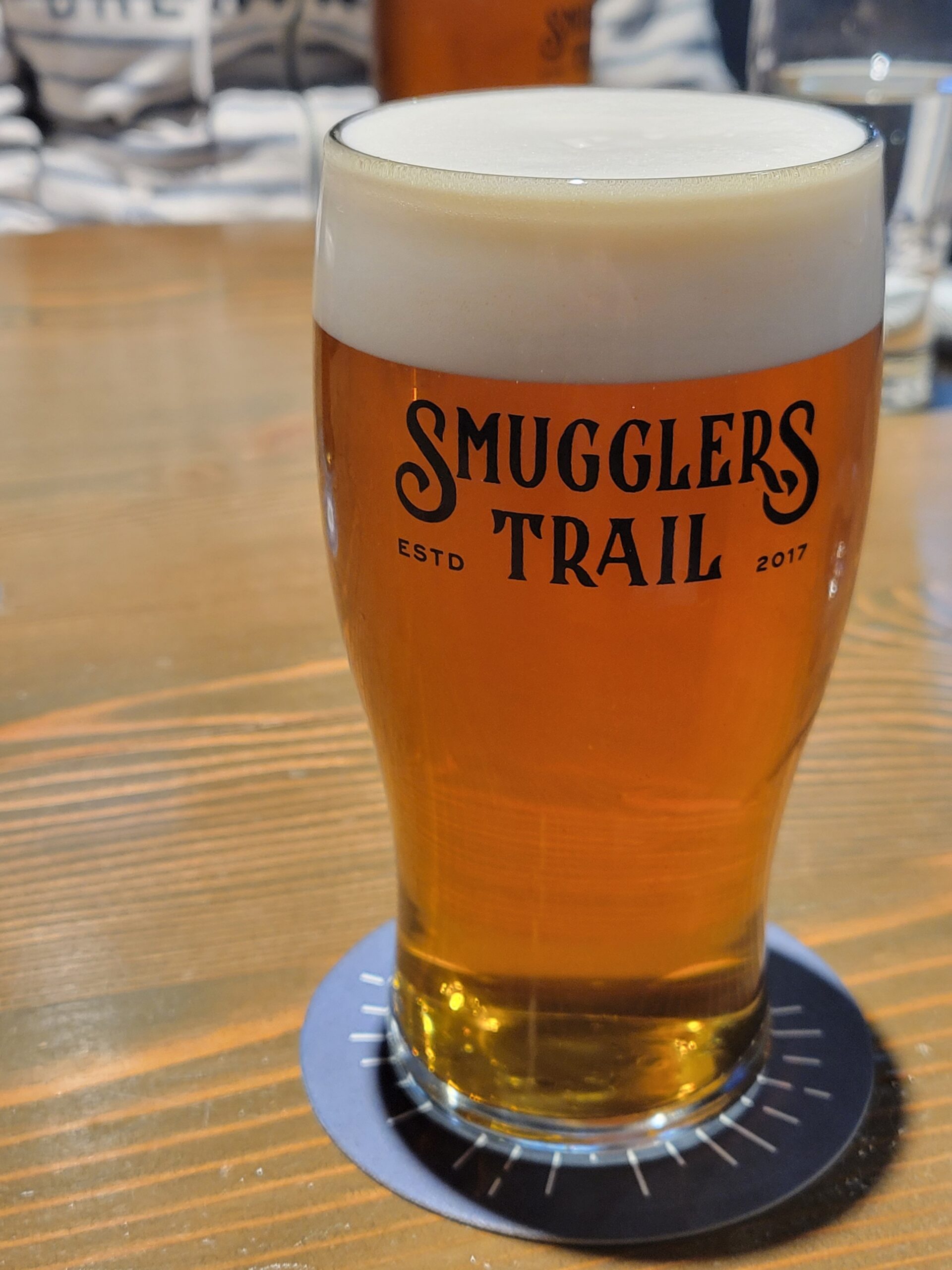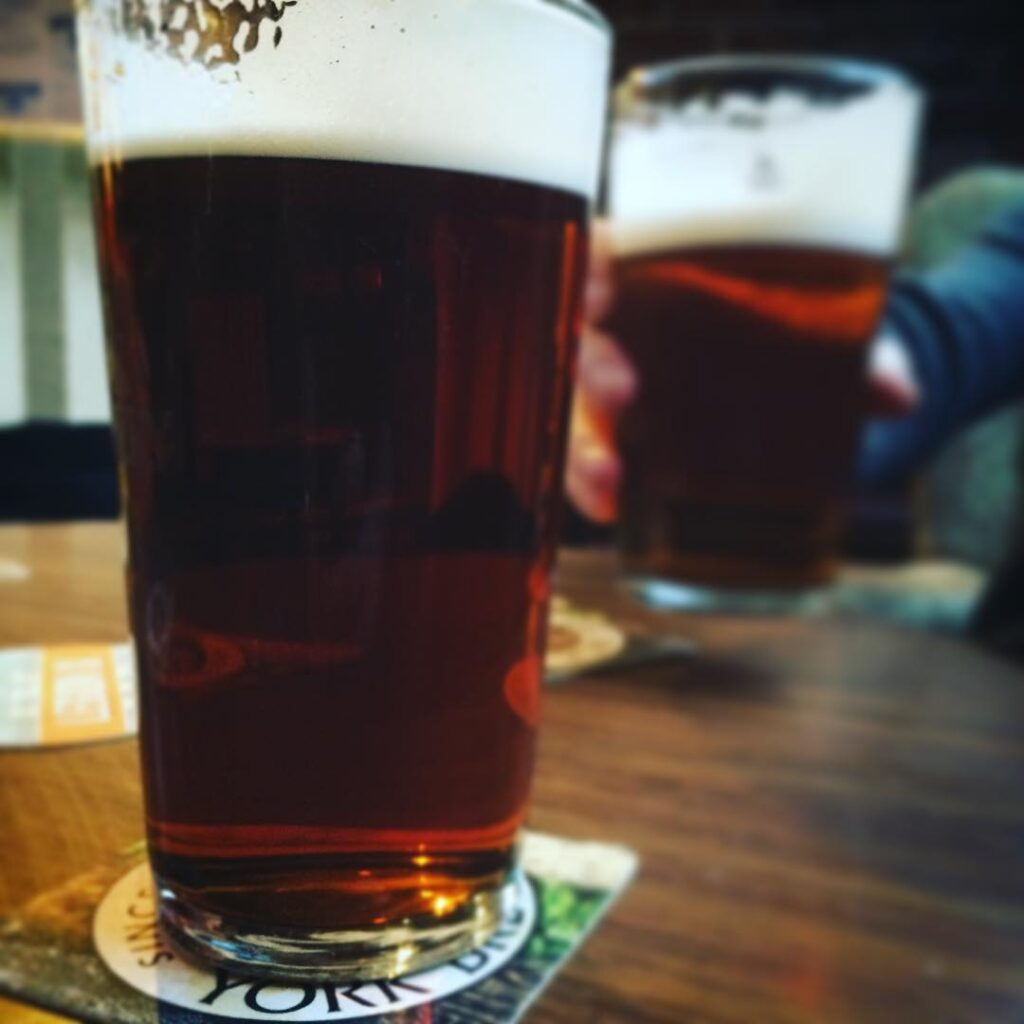The Myth Of The Cask Beer
“I’ve heard cask beer is just warm, lat beer”
“I don’t like cask beer because it’s warm and flat”
I hear this all the time when I talk to people about cask beer, and as a proudly Northern Brit it fills my heart with sadness and anger every time.
Let me say this loudly and clearly up front: cask beer should neither be warm nor flat – it’s all relative!
No, it’s not as cold as a keg beer, nor is it as carbonated – but there’s definitely a big difference between good cask beer and warm and flat cask beer.
In a land of ice-cold, highly carbonated craft beer anything outside of that may seem like an alien concept, but there are plenty of other weird and wonderful beer types out there that, while straying from the classic IPA and lager, have managed to make a name for themselves and endear themselves to the North American palate.
So why is cask althea black sheep of the beer family? What happened to it to deserve its poor reputation?


Goldilocks’ more difficult sister.
One of the main problems with cask beer is that it is a fickle beast and requires a lot of expertise for all the elements to come together into a glorious pint of beer. Aside from the actual brewing of the beer, cellaring (which is a profession of its own in the UK), pouring and tasting all have to be done with experience and confidence.
Breweries have to store the cask in their cellar (which is, traditionally, an actual stone cellar that naturally maintains the right temperature for cask beers) for 7-10 days to let the beer undergo its secondary fermentation process, and tap it at the perfect time. When tapped, the beer then lasts only for a few days (hence the typically small size of the casks compared to kegs). On top of that, generally the first couple of pints are not the best.
Anecdotally, from my years as a rural village bartender, the second third of the beer is the absolute peak – I’ve even had customers ask me to check how much is in the cask so they can decide if they want it or not! The last quarter isn’t even worth thinking about. And lastly, the pour’s got to be right! Coming from the North of England and a firm believer of having a 1cm, thick and silky head on the beer, I’ve had customers wait for the ‘newbie’ bartender to be distracted then catch the eye of their regular beer-puller so they know they’re going to get a decent pint.
All of that process and how easy it is to go wrong at any step means looking after cask beer is like looking after sick pets, or at least an expensive goldfish. A lot of North American breweries just don’t think it’s worth the effort – the demand isn’t there, so there’s no incentive to put yourself through all that.
Unfortunately, cask beer isn’t something you can just play at, you’ve got to have commitment. Just putting on a cask beer here and there leads to your chances of getting a bad pint being much higher in places where the expertise at every level just isn’t there. More bad pints means more bad anecdotes, and a worse reputation for cask beer.
Is the juice worth the squeeze?
YES, Trust me, it is! A good pint of cask beer is the best beer around in my opinion. The slightly warmer temperature of the beer (slightly warmer, still cold, just not ice cold!) mean flavours can come through that would otherwise be lost. The low carbonation also means that flavours can be picked out more easily and not hiding behind the acidic sting of CO2. The thick, smooth head on the pint gives it a full mouth-feel and body.
While the craft beer market in Canada only accounts for about 10% of beer sales, the craft beer community are a proud group that love to see and smell and hear the hands-on brewing process, the craft, the small scale of lovingly made beers – it doesn’t get more hands-on and lovingly made than cask beer!
If you’re thinking about trying some cask beers, and I would hope by now that the thought had at least crossed your mind, why not start with a nitro stout? You don’t generally get the highly hoppy IPAs in a cask beer, they’re more subtle than that. Bitters, stouts, pale ales and porters are generally the go-to. So next time you see a nitro stout, give it a try. Similar in texture to a cask, although still served ice cold, you should begin to get an idea of what cask beer is meant to be. Guinness – the gateway (to cask) beer.
At this point it feels worthy to give kudos to Smuggler’s Trail Caskworks. There are a lot of British people in that brewery with a heavy influence on the beers and easily the most consistently well-pulled pints I’ve had around. So, if you did want my two cents are where to start your cask journey, I would start it there for consistency and range of options.
Don’t forget, you are responsible for the beer you drink!
If you’ve read this far then you’ll know how fickle cask beer is. Yes, your chances of getting a bad pint are higher than with a keg beer – and by bad I mean off, or flat, or warm or all of the above. But, you can always send it back!
This is something I had forgotten about until my mother, a cask beer-drinking legend from the UK, came to visit me in Vancouver. She was staying in Port Moody and made good use of Moody Ales’ two cask beer engines while she was there. I walked in with her and she asked to try the cask bitter, took a sip, and without missing a beat and to the face of the server said “nope, it’s bad today, I’ll have the porter instead”. I was slightly shocked at her bluntness, I’ve been here a while now and barely ever sent a beer back, but in the UK it’s perfectly normal and accepted.
Cask is fickle, but every beer-puller knows that and you don’t have to put up with a bad pint. Do the cask beer community a favour and call out a bad beer when you get it – the feedback is important! The next day we walked back into Moody Ales and had some excellent cask, all was forgiven.
Like I said somewhere above here, the expertise has to be at all levels. An experienced beer-puller will know a cloudy cask beer is probably at the end of its life and will be no good. No head on it? It’s flat, don’t serve it. Even then, all can look well and the beer still be off its best – let them know, save the next person from having to go through the same thing.

Glad I got that off my chest.
So that’s my rant on cask beers. I absolutely love living in Vancouver but there are a good number of days where I really do miss Northern English beer, the temperamental and awkward bitch that she is. Next time you see a cask beer on, give it a taste see what you think. And if it’s warm and flat, tell them it’s wrong!
